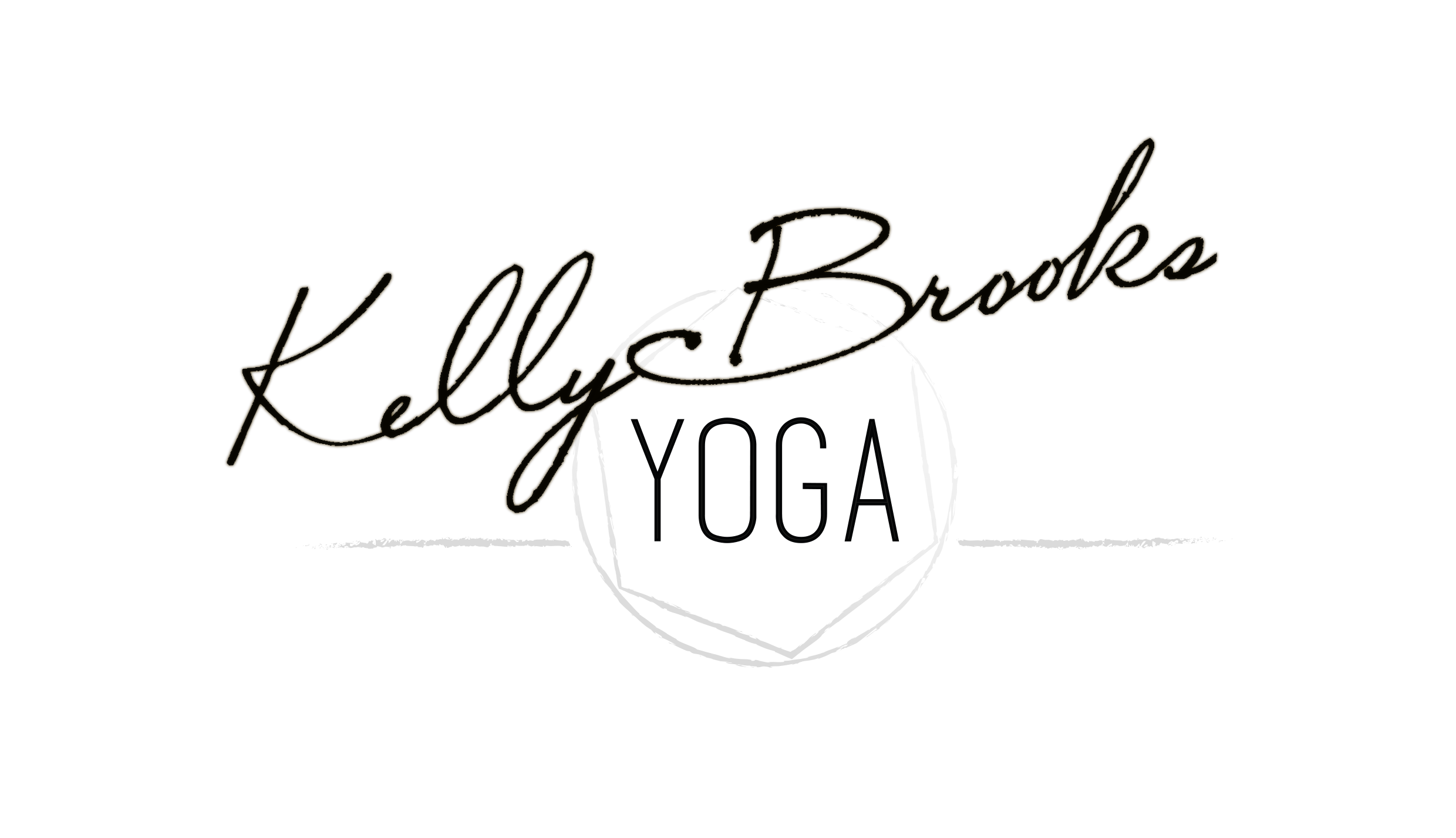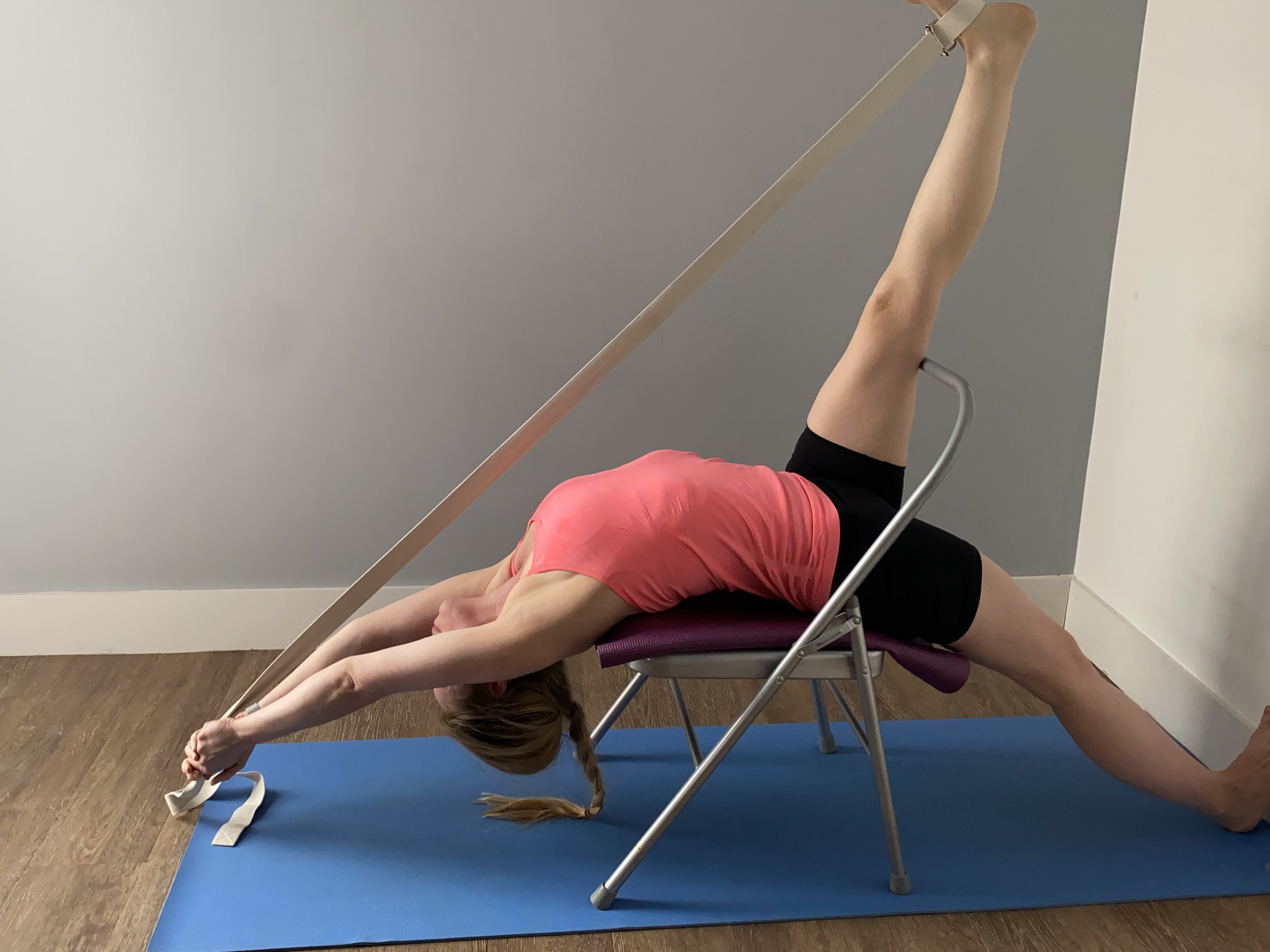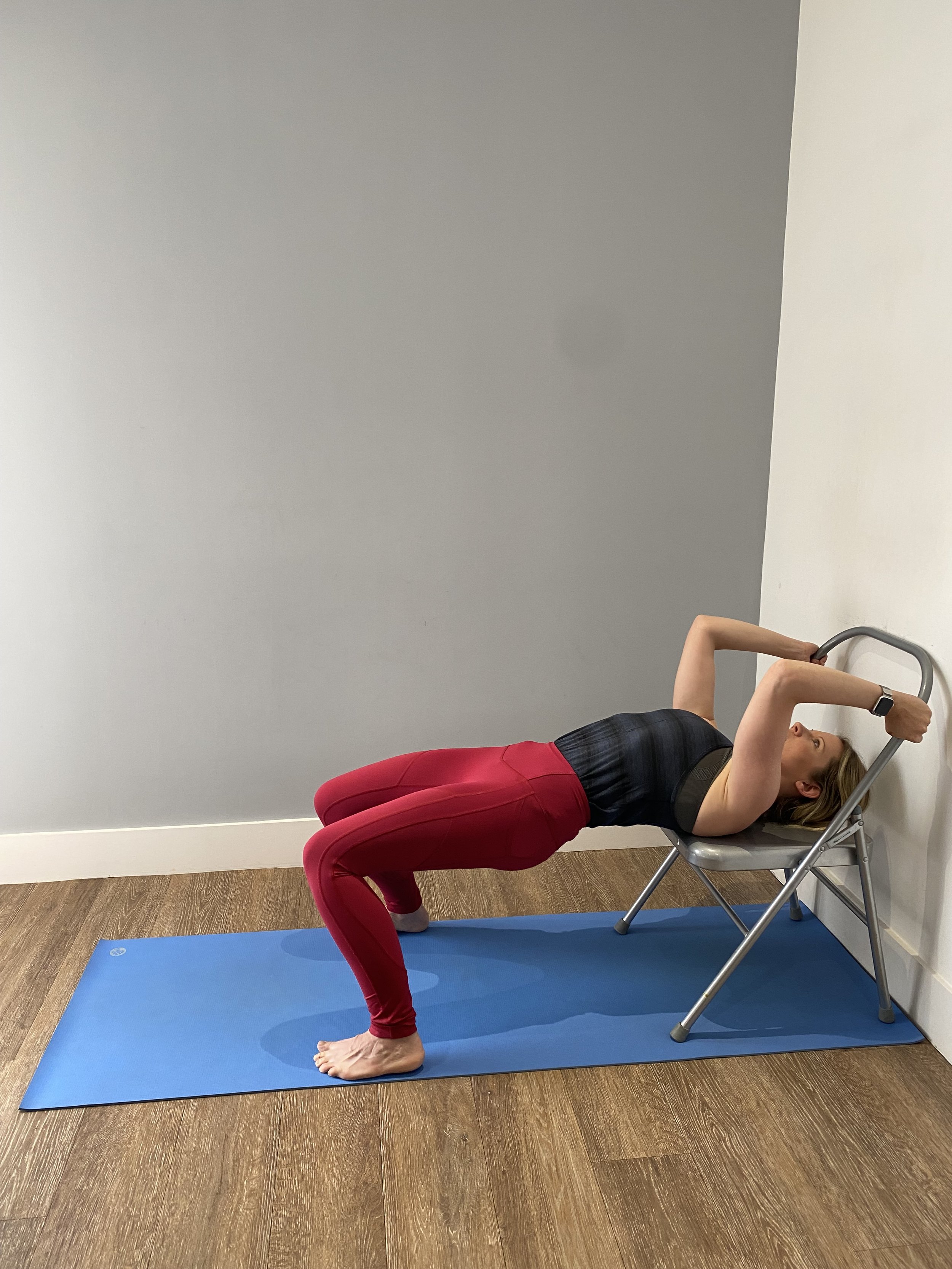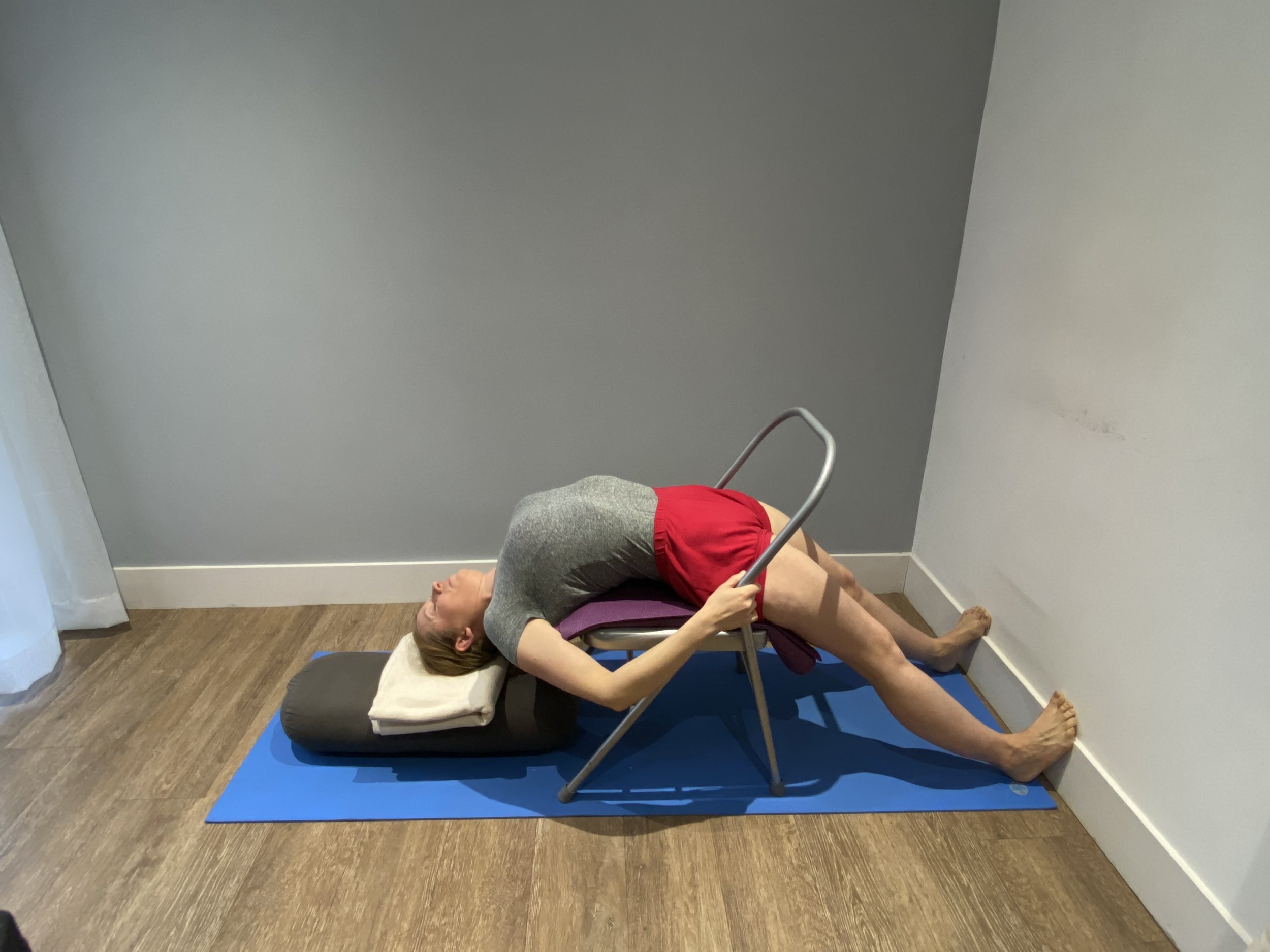Backbends for beginners
I feel that bend bends are like marmite you either love them or you hate them, I was the latter because I did too much before I was ready, but over time building myself slowly and consciously I started to love the feeling of backarching in my body and they came with much more ease.
What changed for me was the awareness of what was needed to get into the posture without hurting my back. The poses are reliant on the physical strength and activation of the arms and the legs for connectivity which coordinates the movement for the entire curve of the spine and, for me especially I needed to uderstand my pelvis. I didn’t focus on backbends I worked on the fundamental poses standing poses and some of the areas that I knew were tight and holding me back. Over the years and doing many workshops and back arch classes with senior teachers I have noticed that a sophisticated sequence that starts with preparation of standing poses and then poses to open the chest and arms like makes the backaches come naturally and easily without force. I also used yoga props like the chairs to help assist me while my body got stronger.
We develop our capacity and understanding by first becoming proficient in the standing poses, in particular, Virabhadrasana 1 (warrior one) but most importantly Tadasana in which we learn to lengthen our spine and create space. Adho Mukha Svānāsana (downward-facing dog pose) releases the lower back and lengthens the hamstrings alongwith opening the chest, shoulders and arms. Other arm and shoulder preparation include Gomukhasana (cow face pose), Urdhva Hastasana (arms stretched overhead), Baddhanguliyasana (hands interlocked overhead). In addition my yoga teacher told me that chataranga dandasana is a critical pose togive you awareness of your back body.
in iyengar yoga we don’t avoid poses that are difficult, we use the information and the discipline to look at our fears and our tendencies, which allows us to break through what holds us back. Our practice is a mirror for many aspects of our lives. It’s in the time spent on the mat where you learn to confront things in your everyday life, bring clarity to decisions, leave our negativity behind and say YES to the things we avoid.
Backbending postures are a physical opening of the heart area—an area that can close up due to physical posture- lifestyle habits, mental state of mind, anxiety, depression, pain, and trauma, as well as a need to protect ourselves.
“…you create tremendous depth and vastness in the chest through the backbends that the emotional centre accommodates [absorbs and withstands] all types of pressures and strains. There is no chance for a person who does backbends to get emotionally depressed or distressed.””
Quotes from Mr Iyengar about Back bends
“Backbends are not taught at the early stages in the practice of the this art, but only when the body is trained, tuned and toned to such an extent that it accepts these poses.”
“Inversions work on certain parts of the body; standing poses work on certain parts of the body, and so the twists and balances. But the understanding of penetration of the mind on the spinal nerves and spinal muscles are not touched by the above poses except in backbends.”
“Backbends are to be felt more than expressed. The other postures can be expressed and then felt. Like in meditation each person has to feel backbends.”
“Without the accurate spine movement, one can’t exist dynamically.”
Therefore there is a multitude of benefits for the entire body and mind. They bring tone to the physical structure and also alertness to the mind. This addresses our moods and emotions such as depression, dullness, anger, and an overactive ego.
Benefits to backbending
There are so many beneits to backbending if done consciously. Backbends strengthen your back, shoulders, chest, and hips. They lengthen your spine, increase flexibility, and improve mobility, which helps promote good posture. Each backbend will have different advantages and the sequence has to be intelligently designed so the body is also cooled down afterwards. Most backbends are also to be avoided if you are menstrauating
Preventing injury in back arches
The key to avoiding injury in backbends is to work intelligently and listen to our body, to work evenly and not to overdo it. Understanding the correct alignment prevents straining the lower back and causing pain.
Often students feel pain because they overwork and jar the lower back, overdo the extension of the neck and underwork the chest and hips. This happens because the pelvis, hips, middle and upper back and chest area are often tight and the muscles opposing these areas may be weak.
Join me on Saturday 29th October for my extended backarch class, we will prepare our body safely and explore how to use the chair to improve our posture to practice back arches safely and pain free.




